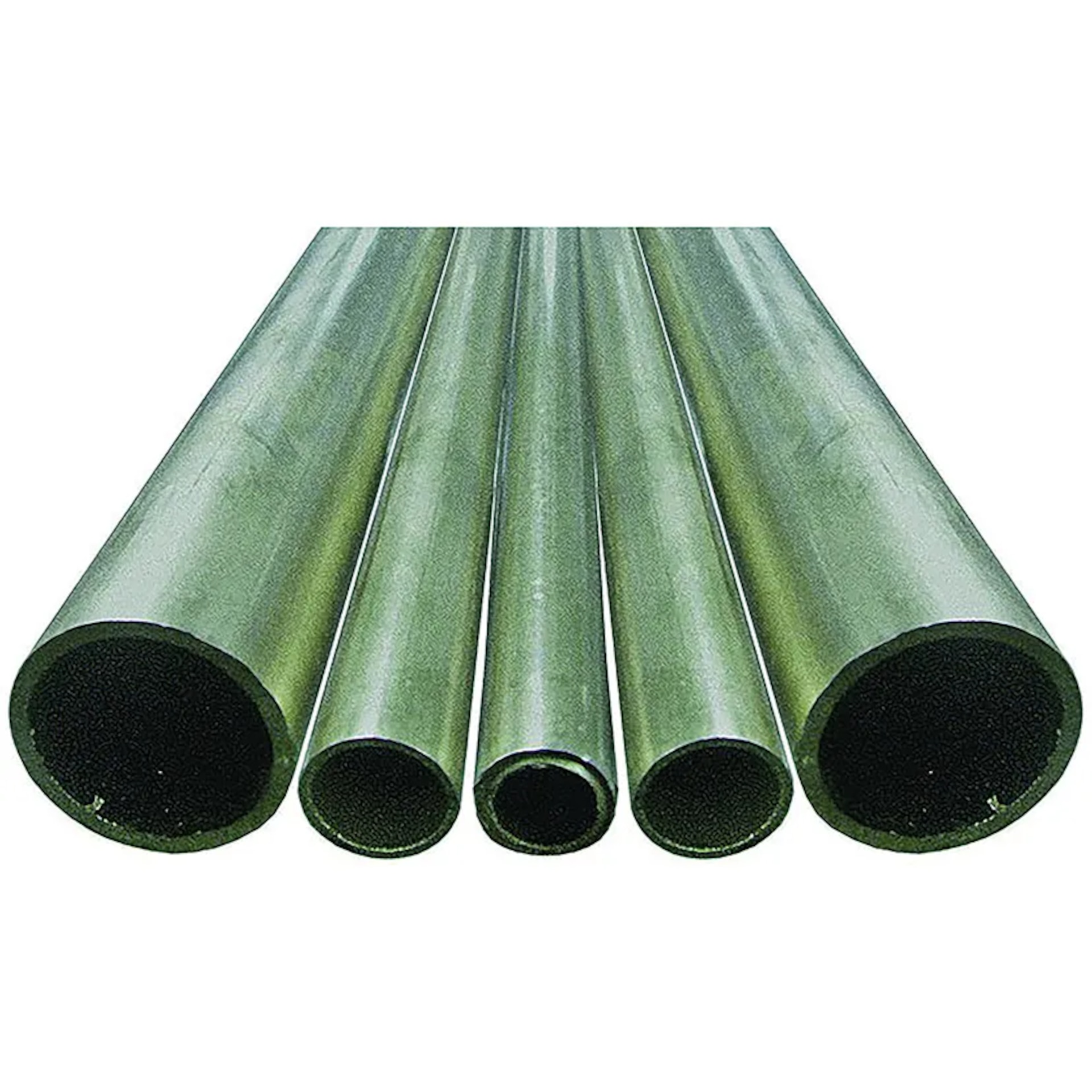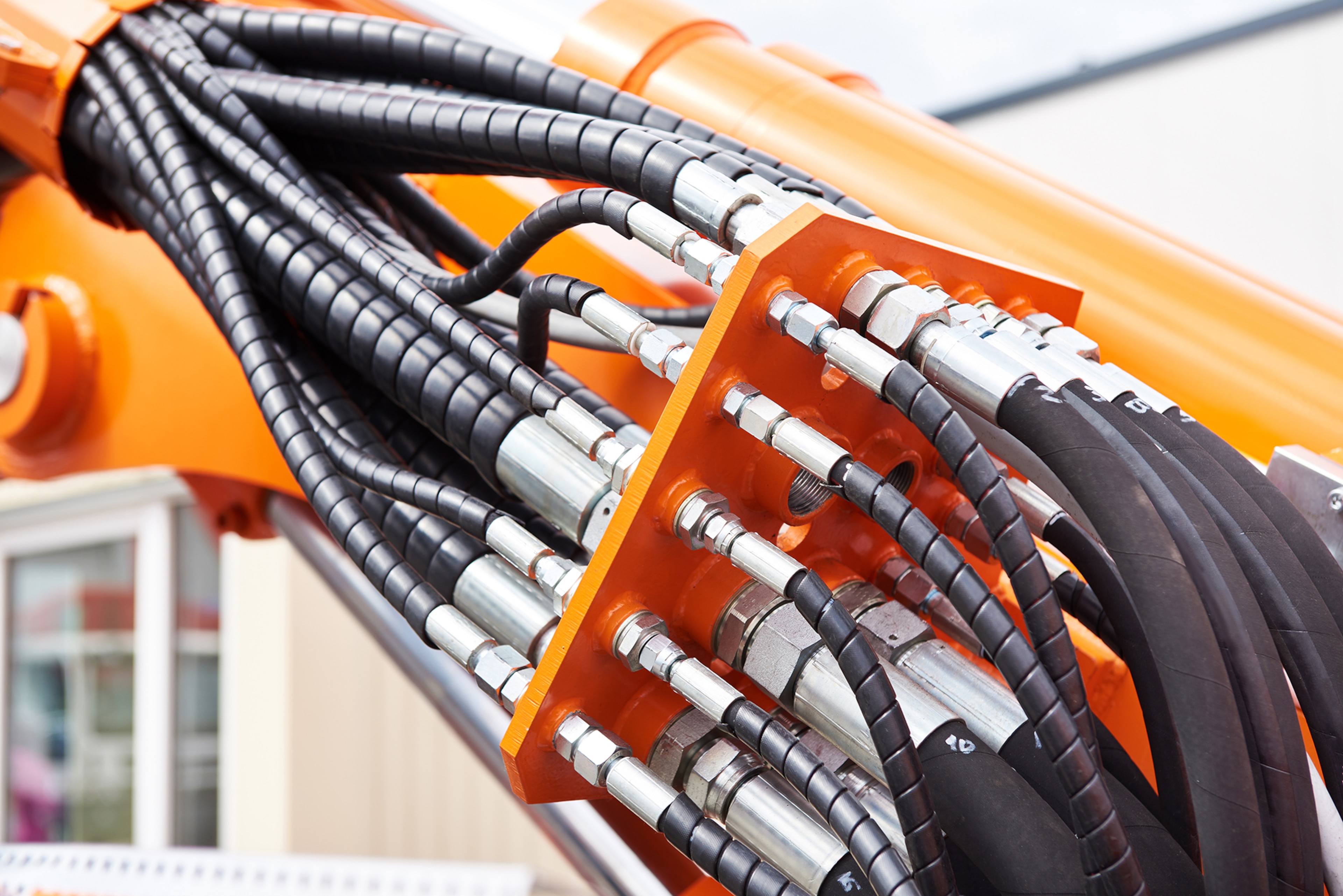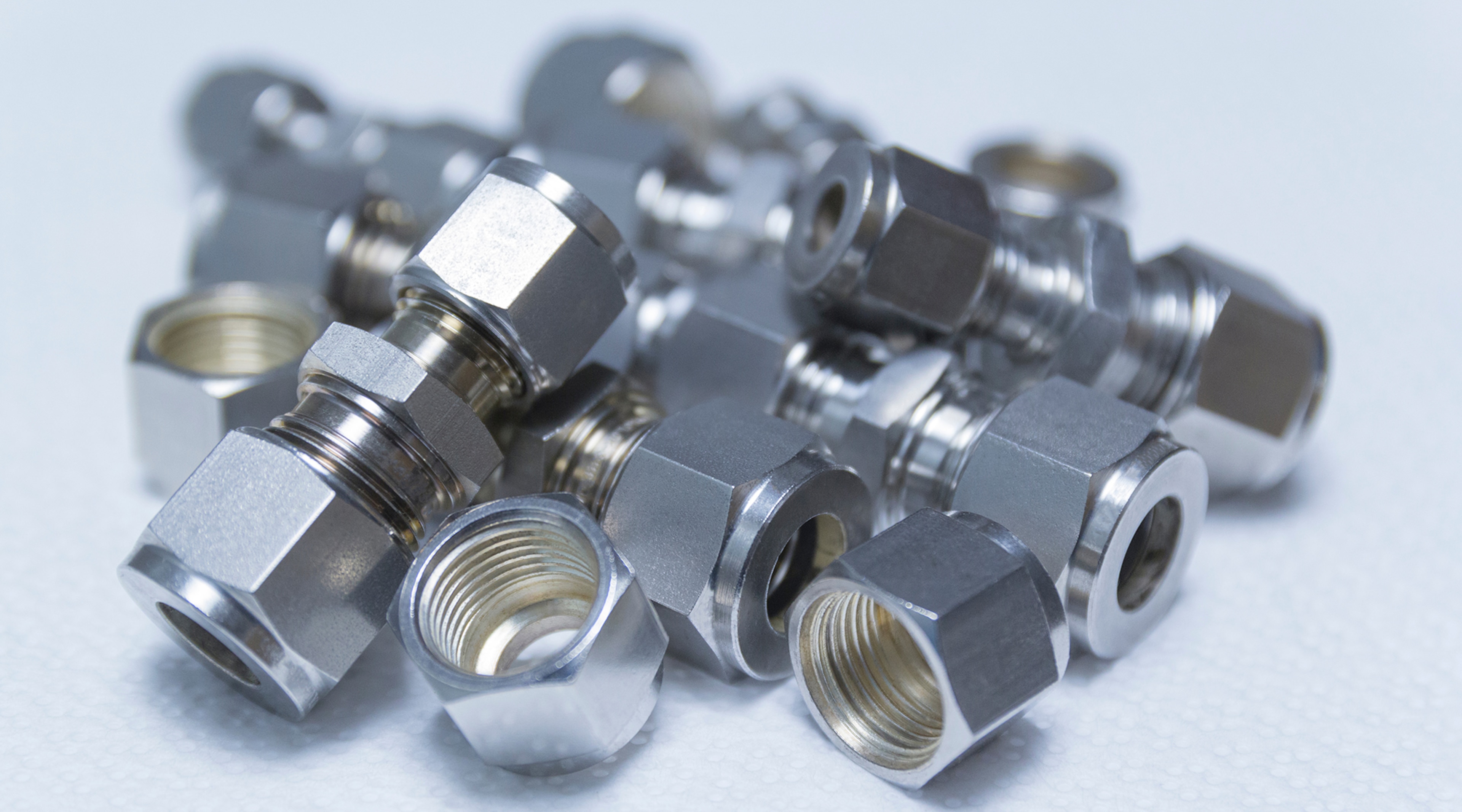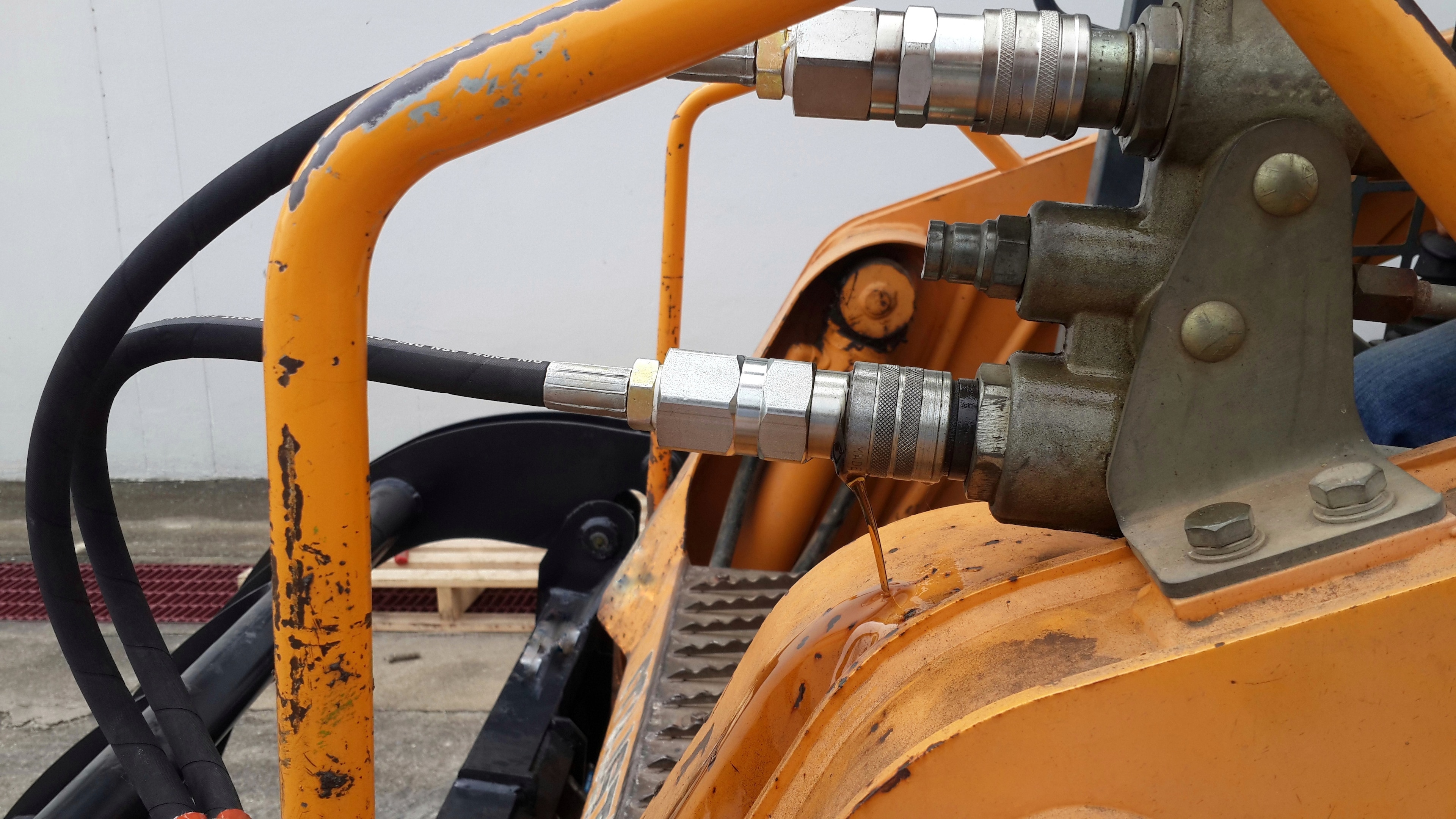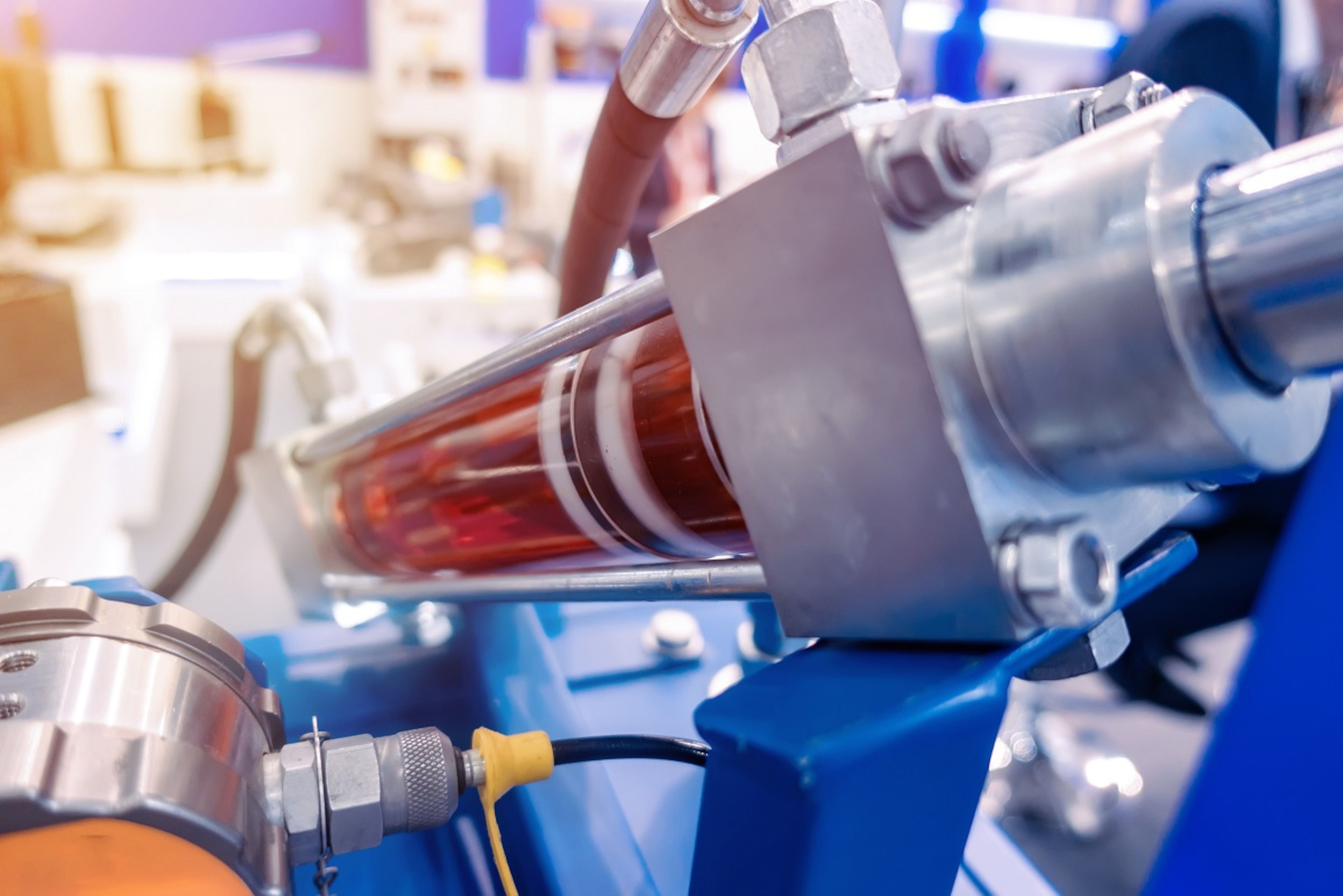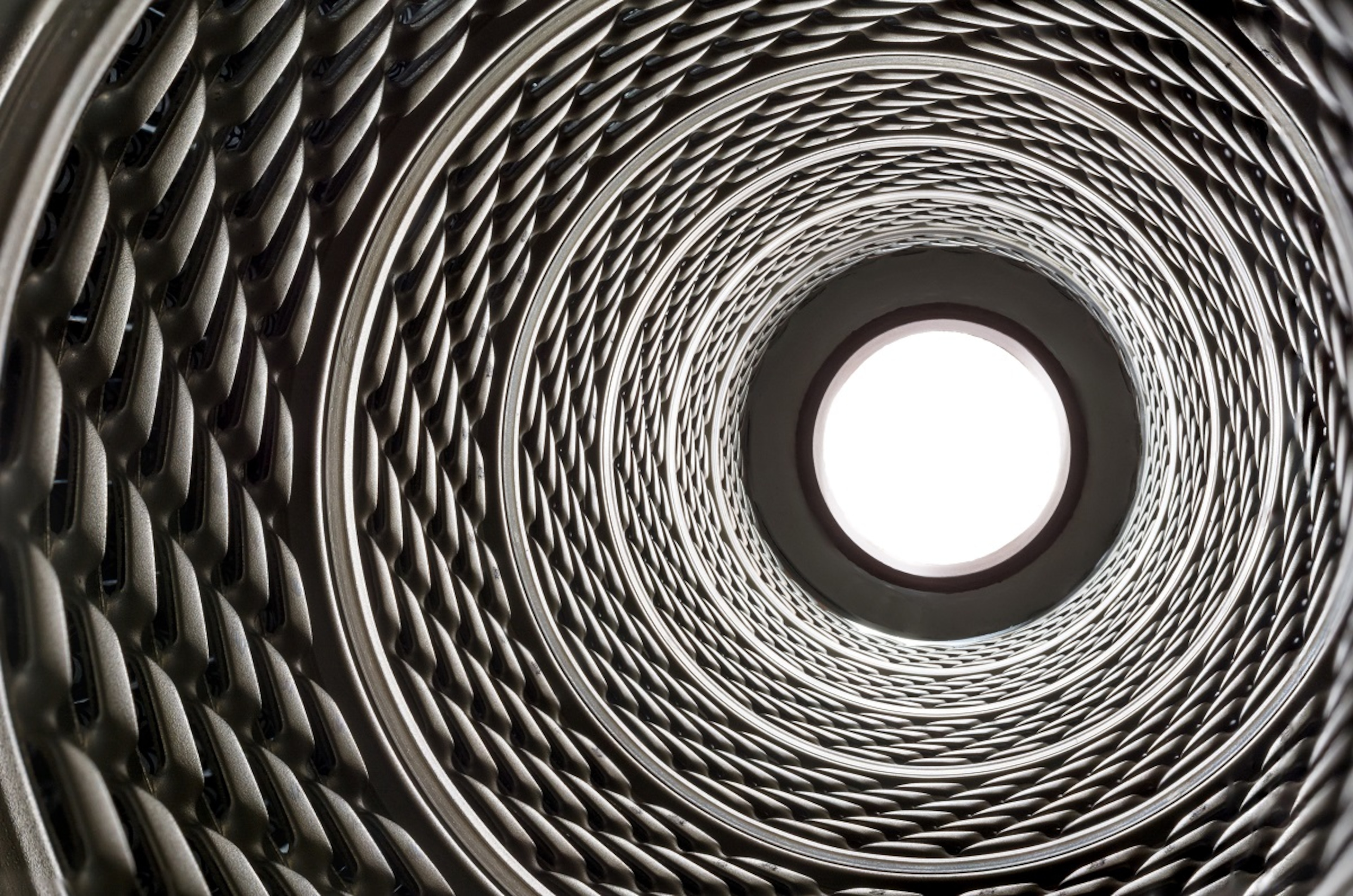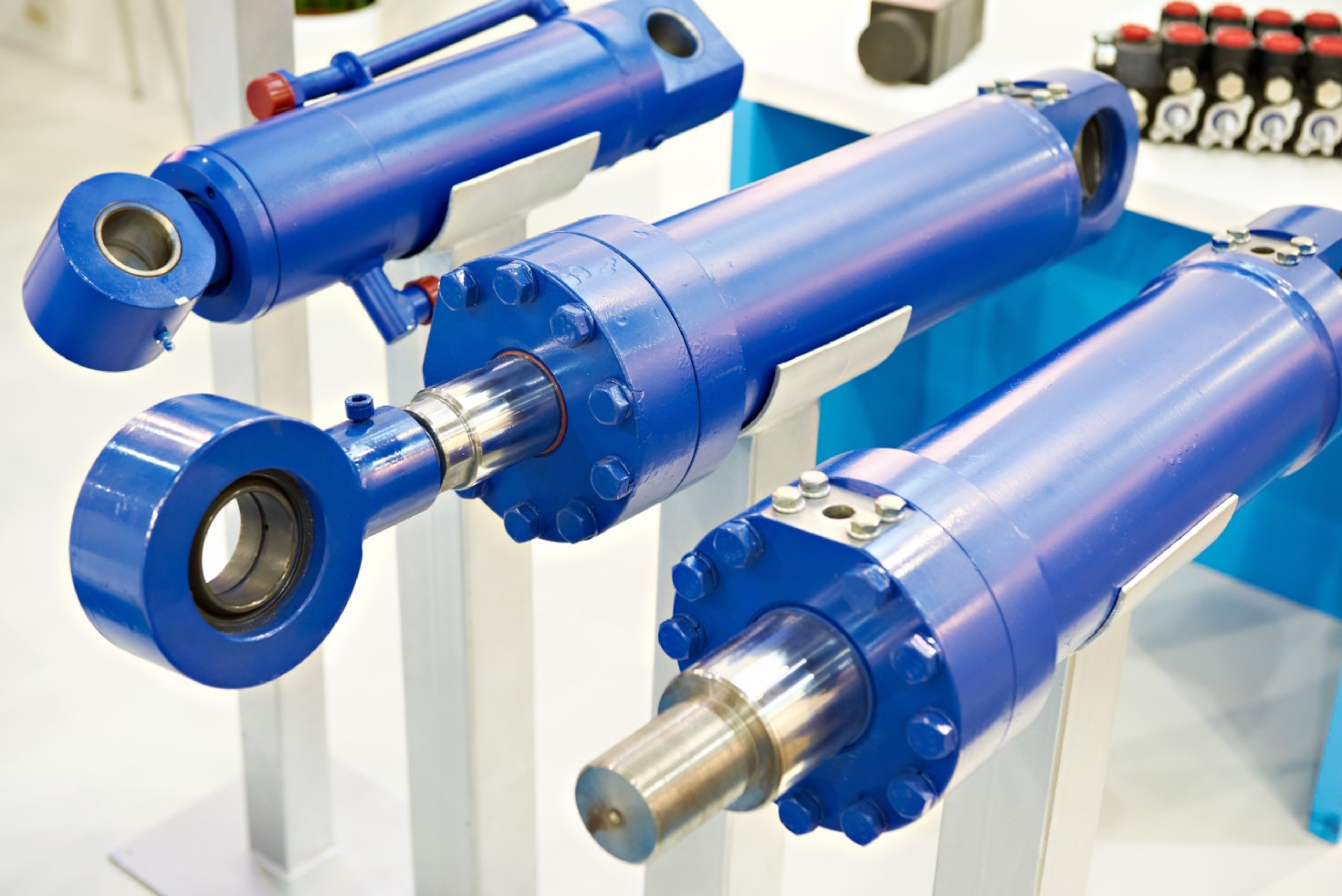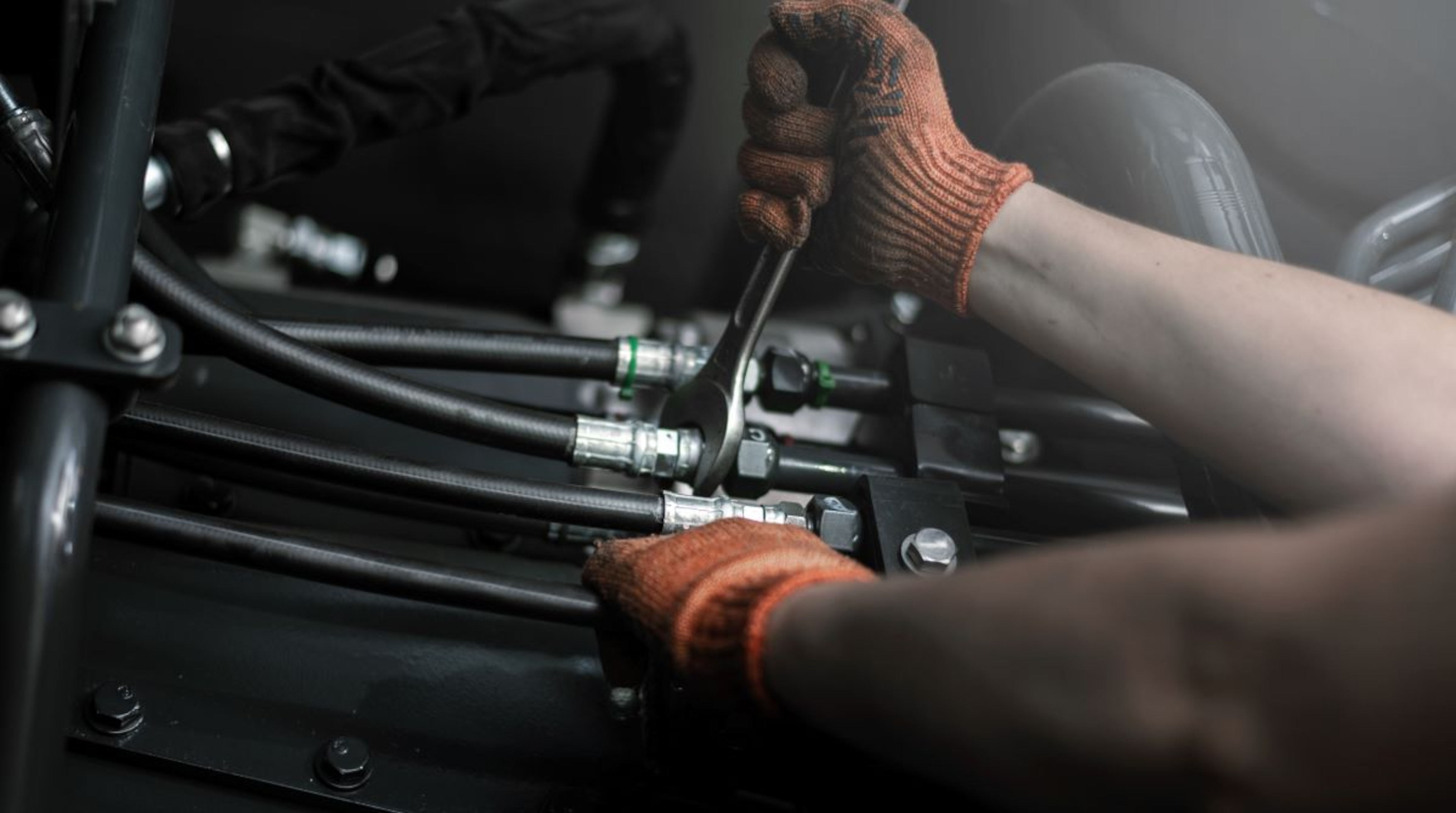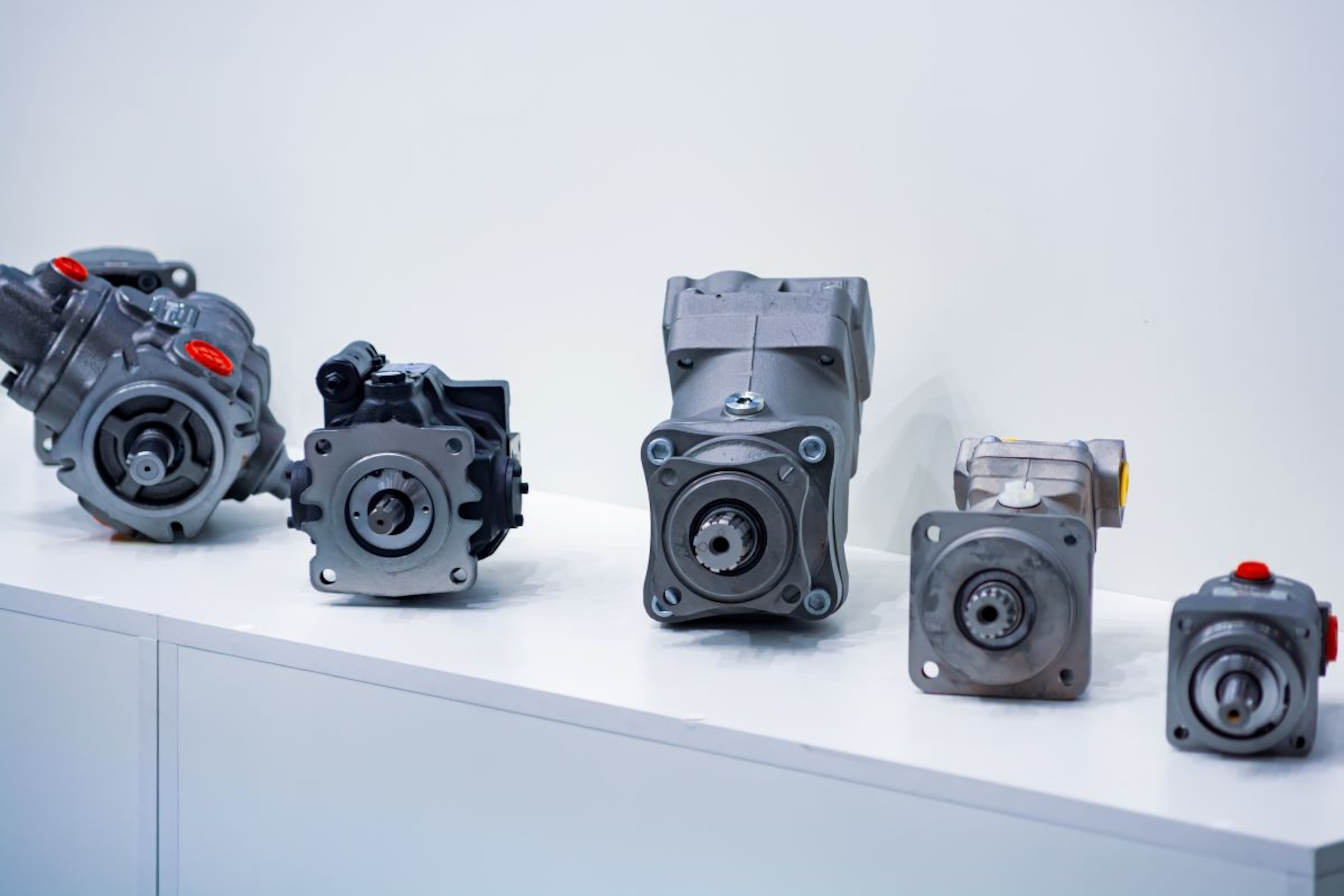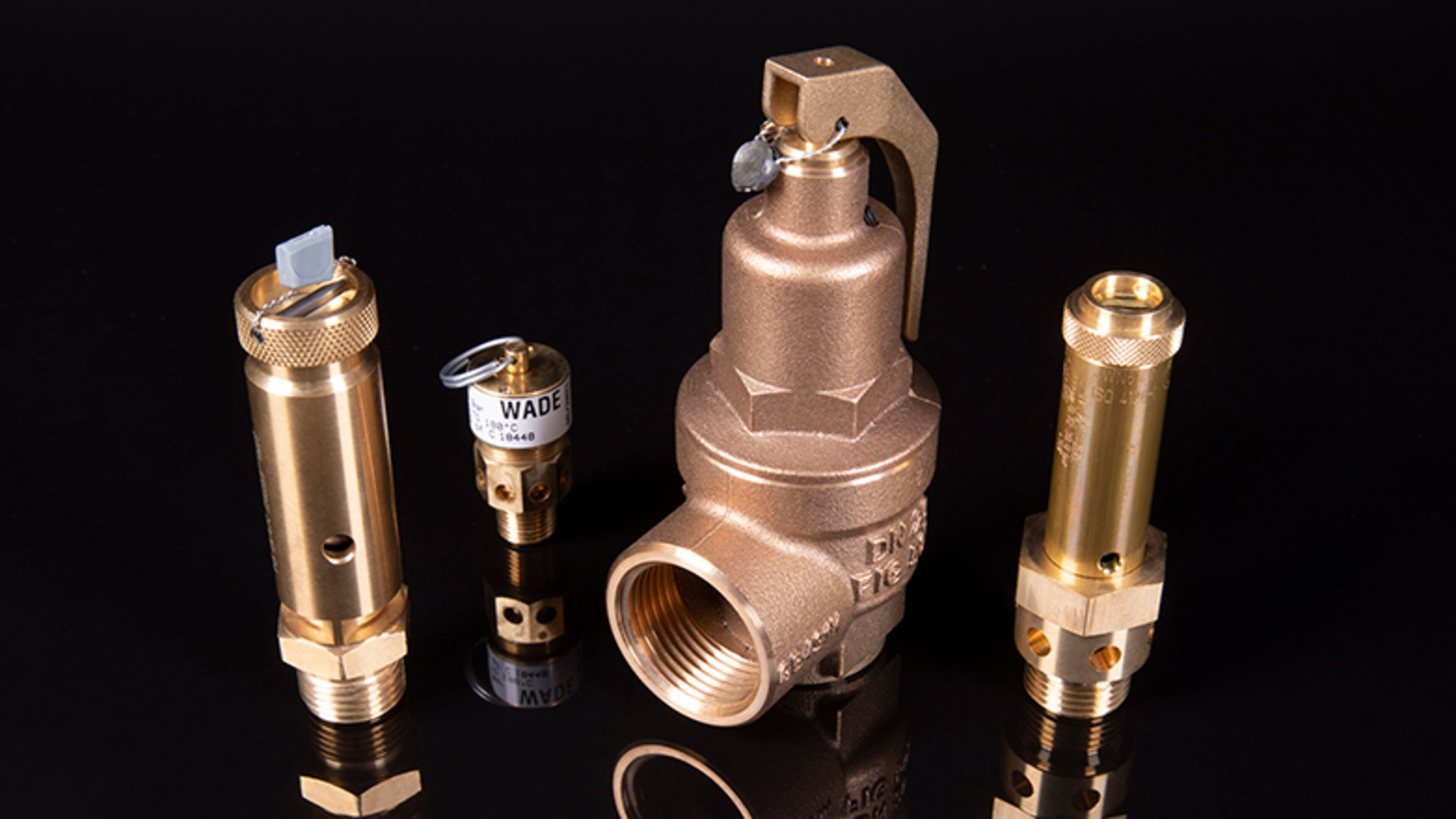
A Complete Guide to Pressure Reducing and Pressure Relief Valves

Flowtech
Pressure relief valves, or PRV valves, are designed to reduce pressure in systems if it increases beyond the set maximum working pressure. Used to protect equipment and property, pressure relief valves decrease pressure by venting fluid from a system that is experiencing maximum working pressure. Pressure reducing valves open at a set pressure level to release flow and close once the pressure reverts back to a safe level.
While there are numerous pneumatic (air-powered), hydraulic (oil-powered) and electronic (electricity-powered) systems designed to control pressure, flow and temperature, they are prone to failing. Particularly during power cuts that render a system non-functional. Since pressure relief valves need to remain operational in cases of power failures, their source of power is process fluid such as water, air and even corrosive media.
Explore our hydraulic pressure relief valves
Explore our process pressure control valves
Pressure safety valves
While they are often confused, pressure relief valves and pressure safety valves are two completely different devices. Pressure relief valves are designed to reduce pressure in a system. Pressure safety valves, on the other hand, automatically halt the increase in pressure beyond a certain predetermined limit. In other words, pressure safety valves open fully (pop action) as soon as system pressure reaches a set level. Considered to be last resort devices, pressure safety valves are often used in boilers and at power plants.
Reducing sleeves
Manual and control pinch valves are composed of reducing sleeves and one or two pinch bars. Powered by a manual or an automatic actuator, the pinch bar or bars pinch the sleeve either horizontally or centrally to create a seal. The maximum working pressure of manual and control pinch valves stands at between 3 and 40 bar. Furthermore, the reducing sleeve is the only part of manual and control pinch valves that comes in contact with the flow. Manual and control pinch valves are commonly used in a variety of industries including mining, water treatment, pharmaceuticals and petroleum.
Pages you may be interested in
Visit our pages on Ball Valves, Non Return Check Valves, Butterfly Valves, Gate Valves
FAQ's
What are spring-loaded PRV valves?
Spring-loaded pressure relief valves are made up of a bonnet, a nozzle or inlet, a disc that prevents flow under normal system pressure and a spring that keeps the disc closed. The spring load can be tweaked to change the set pressure that will cause the valve to open. As such, the disc only opens if the pressure within a system increases past a certain level and keeps increasing. Most spring-loaded pressure relief valves feature a control chamber, which fills with fluid once the disc starts to lift. This, in turn, exposes more of the disc to system pressure causing it to pop open. The valve remains open until system pressure decreases to a certain level.
What is the difference between low-lift pressure safety valves and full-lift pressure safety valves?
Both low-lift pressure safety valves and full-lift pressure safety valves feature a disc that automatically lifts to open flow and lowers to close it. The main difference between the two is that in low-lift pressure safety valves, the discharge area depends on the particular position of the disc whereas in the case of full-lift pressure safety valves it does not.
What are the differences between pressure relief valves and pressure safety valves?
While both pressure relief valves and pressure safety valves protect systems from over-pressurisation, they are slightly different. While pressure relief valves are designed to maintain system pressure between preset limits, pressure safety valves are designed as a last resort measure in cases of complete system failures (this includes the failure of other valves including pressure relief valves).
In terms of their operations, pressure relief valves open when pressure within a system reaches a certain preset level. They also open proportionally to the increase in pressure within a system. Meanwhile, pressure safety valves start opening before the preset pressure limit is reached and pop open at a set point to protect the entire system. Pressure relief valves are typically used for media such as water and oils. Pressure safety valves, on the other hand, are normally used for compressed air or steam.
Pressure reducing valves and pressure safety valves also have different setpoints or pressure points that need to be reached before they start to open. Setpoints are normally higher than working pressure levels and lower than what are considered to be overpressure conditions. While pressure relief valves begin opening at the setpoint, pressure safety valves start to open before the setpoint and open fully once the setpoint is reached.
What are pressure reducing valves made from?
Since pressure reducing valves only operate in over-pressurised conditions, they are not as prone to wear and tear as other valves. As such, they do not normally require to be made from highly resistant materials. The exception to the rule is when they come in contact with corrosive fluids and are used for cryogenic applications. Another exception involves situations where fluid contamination is undesirable.
The various components of pressure relief valves are often made from the following materials.
- Bronze (for up to 15 bars of pressure).
- Cast iron (for up to 17 bars of pressure).
- Spheroidal graphite (SG) iron (for up to 25 bars of pressure).
- Cast steel (for up to 40 bars of pressure).
- Austenitic stainless steel (for pharmaceuticals, food and clean steam).
What do I need to take into consideration before buying a pressure relief valve?
There are a number of things that need to be taken into account when purchasing a pressure reducing valve.
- Does the connection size correspond with the size of the pipes and the connection type (male or female)?
- What is the set pressure at which the valve opens?
- Can the valve handle the temperature of the fluid or corrosive material?
- Can the valve reduce pressure at the required capacity?
What other valves exist on the market?
There are plenty of valve types, aside from pressure relieving valves. Here are some of the most commonly found valves out there.
- Ball valves feature pivoting balls with a hole that are controlled with a lever to either open or close the flow. When the lever is parallel with the flow, the valve is open. When the lever is perpendicular to the flow, the valve is closed. Ball valves are not commonly used to regulate the stream of flow.
- Just like ball valves, gate valves are either used to open or close flow. Also referred to as sluice valves, gate valves come with a rotating handwheel that either lifts or drops an in-built barrier. Gate valves are often used to isolate a section within a piping system for maintenance, repair or cleaning.
- Unlike most ball valves and gate valves, butterfly valves can be used to regulate flow rather than just open or close it. Butterfly valves feature a manually-rotated disc, which can be perpendicular to the flow (valve is in the closed position), parallel to it (valve is in the open position) or partially opened (valve regulates the flow).
- Also called one-way valves, clack valves or retention valves, non return check valves are used in situations that require gas or liquid to flow in only one direction. Unlike most other valve types, non return check valves are controlled by the flow and not an external activator.

